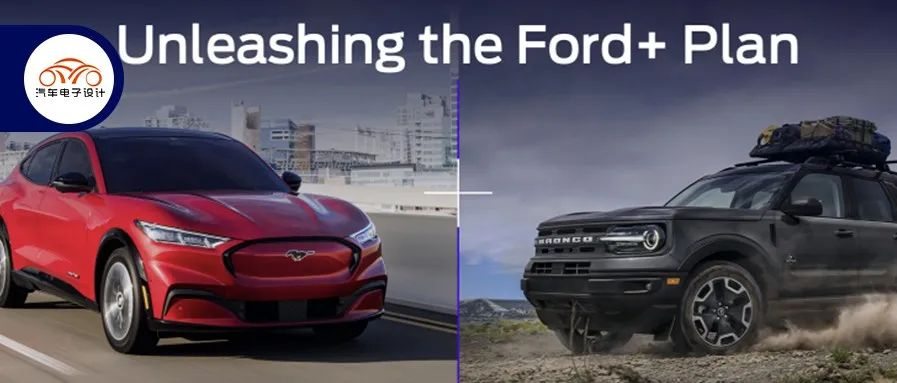Author: Zhu Yulong
Yesterday, Ford announced the establishment of an independent operating unit for electric and fuel vehicle businesses. Ford Blue will become the main body of the fuel vehicle business (responsible for profitability growth), and Ford Model E aims to launch electric vehicle products, form economies of scale, and develop software, intelligent network connection technology, and services. Overall, this is an interesting operating model:
- The electric vehicle business leads software and new technology and injects new technology into fuel vehicles;
- The goal of the fuel vehicle business is to reduce costs, focus on niche markets as a technology follower, do profitable things and cut off unprofitable ones.
In other words, it is effectively divided into two groups of people from the original mutual restraint, becoming fast-running business departments to continue running fast, while the fuel vehicle business department earns money while dragging behind.

Separation of Operations
That is to say, we can see now there are three Fords: Ford Blue for fuel passenger vehicles (including HEV, PHEV), Ford Model E for electric vehicles and commercial vehicles, and Ford Pro.
The three companies become independent business operating units, sharing relevant technologies and practical applications to form economies of scale and promote the continuous improvement of operational efficiency. The new business units are expected to achieve independent operation and self-financing in 2023.

From this separation, it can be seen that Ford’s idea is to transform from 2023 to 2026, and the pre-tax profit margin of Ford will reach 10% after overall adjustment. In 2022, $5 billion will be invested in the Ford Model E section, and the annual production capacity of electric vehicles will exceed 2 million vehicles (one-third of the global production capacity). By 2030, electric vehicle sales will account for 50% of the company’s total sales.

In summary, after being isolated, cost reduction can be given to the pure electric operation department, the structural cost of the ICE department can be reduced (layoffs and efficiency improvement), and then the goal is higher profit margins (breaking the common practice of equal treatment).
I think Ford’s chairman, Bill Ford, and CEO, Jim Farley, fully recognize the necessity of organizational change. From the perspective of organizational separation, Ford Model e can have the efficiency and speed of a startup, unconstrained innovation, and continue to leverage the advantages of Ford Blue in operating fuel vehicles, such as production scale and the value of classic car brands.
From the perspective of organizational structure, promoting change is an inevitable trend, accelerating the development and delivery of pure electric, digital, and intelligent connected cars and services, and leveraging the advantages of the fuel vehicle product series. This kind of change requires different approaches to business operations, talent selection, and even organizational structure.

After clarifying that internal combustion engines are not going to be used for electric cars, the overall approach is based on the traditional way of exploring the segmentation ability of previous brands and models, that is, making niche cars according to the playbook of fuel vehicles. After breaking the scale effect of fuel vehicles, it is necessary to rely on different methods to tap the value of classics and brands.

This is just the beginning, and more car companies will undergo changes.
Ford’s approach is actually somewhat similar to domestic practices:
- GAC Group
Separation of GAC Motor and AION.
- SAIC Group
Separation of Roewe and MG from Feiwan and IM.
- Dongfeng Group
Separation of Dongfeng Passenger Vehicle and Voyah.
- Great Wall Motors
Separation of Haval, Tank, WEY, and Euler.
- Geely Auto
Separation of Lynk & Co and Geometry, Volvo and Polestar.
Looking at the independent business, there will be more substantial and efficient partitions, with the goal of making the original business move forward and achieving better operations after further segmentation of electric car businesses. Of course, the core is if the electric car business is not separated, it will seriously affect the development of internal combustion engine cars. It’s more cost-effective to part ways early and do some strategic systems (software, cabin, and intelligent driving). Other overall arrangements and developments can be separated for better outcomes.Summary: As global automotive companies begin to spin off their electric vehicle divisions, the entire capital market will also reassess traditional automotive companies to reveal the true operational status and output of their electric vehicle departments. With this change in organizational structure, the output will be clearer.
This article is a translation by ChatGPT of a Chinese report from 42HOW. If you have any questions about it, please email bd@42how.com.
